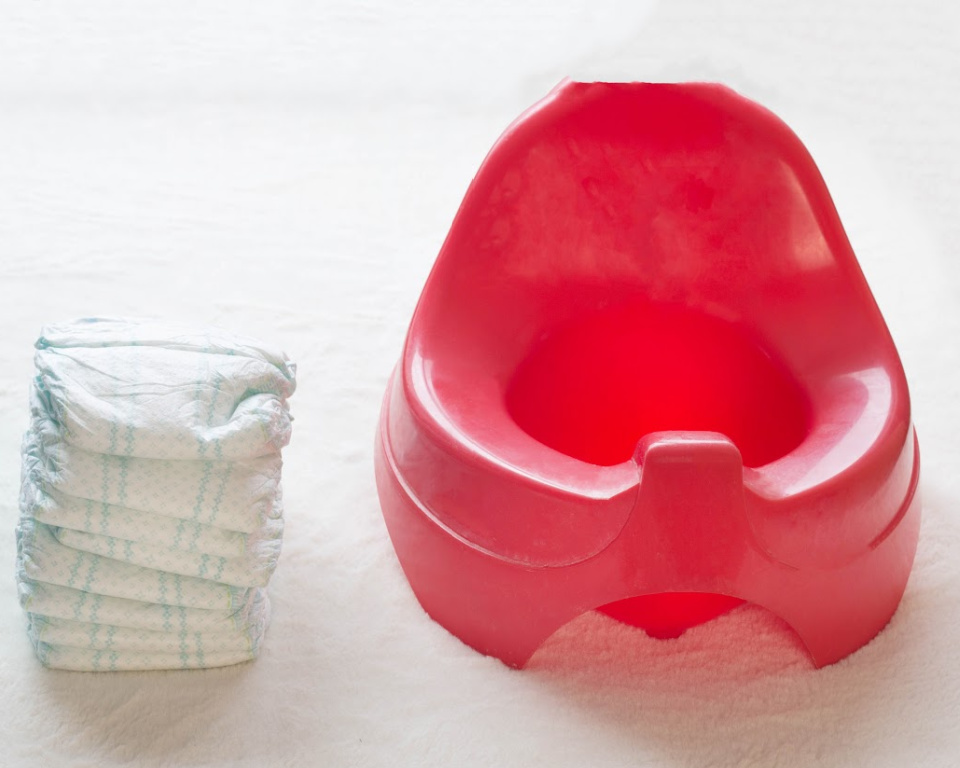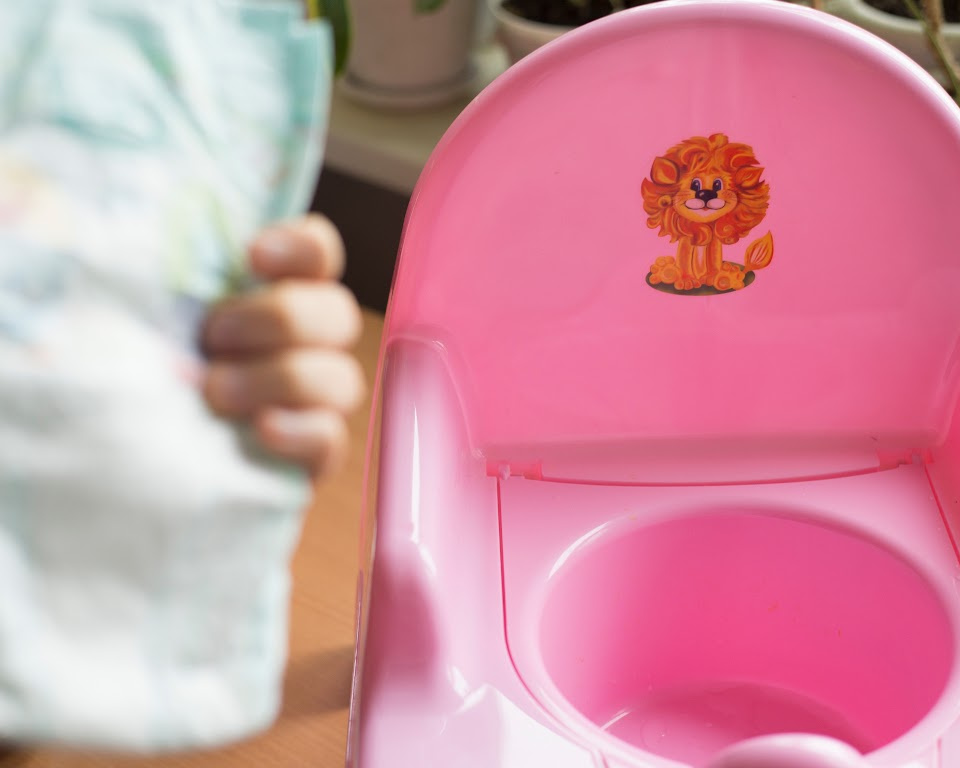Understanding how to communicate with a nonverbal autistic child is a challenge many parents, caregivers,…

How to Potty Train a Non Verbal Toddler
Embarking on the journey of potty training can be a significant milestone for both parents and their children. This task can especially be a unique challenge when it comes to a non verbal child. But don’t lose heart! Here, we offer expert-derived potty training tips and toilet training techniques tailored for your non verbal toddler.
It’s crucial to understand that children, importantly those with autism spectrum disorders, acquire new skills at their own pace and might face difficulty in transitioning from established routines like using a diaper. Communication strategies can be quite the game-changer in this scenario. Using apparent methods such as visual aids like pictures or simple signs can pave a smoother path for communication and comprehension.
Even though this journey might seem daunting at first, remember that you are not alone. A wide web of parent support is available out there to guide you through. Encouraging your child’s unique forms of communication, showing patience, and consistent rewarding can greatly foster the process.
Understanding Your Non Verbal Child’s Readiness for Potty Training
As we venture into the world of potty training, it’s crucial to gauge your non-verbal child’s readiness for this major milestone. Forget about age conventions and remember, each child is unique – particularly those experiencing developmental delays or on the autism spectrum. Here are some key signals to look for and consider:
Recognizing Signs of Discomfort in Diapers
Discomfort with soiled diapers is a positive sign. Potty training might be on the horizon if your child is showing interest in the toilet, seeking out a clean diaper independently, or displaying an aversion to wearing dirty ones. Tuning in to these visual cues helps decode their non verbal communication methods.
Assessing Sensory Responses to Toilet Training
The child’s sensory responses play a pivotal role in toilet training too. Visual aids aid substantially here as well. Know that sensory sensitivities may alter reactions to toilet training. For instance, the sensation of wetness, the flushing sound, or even the feel of a regular toilet seat could cause discomfort. Observe, understand, and be patient.
Consulting with Healthcare Professionals for Personalized Advice
Sometimes understanding these unique sensory cues is challenging.There is no harm, indeed there is benefit in involving a healthcare professional. They can help customize a toilet training plan, considering your child’s unique behaviors and sensory responses. Their professional insight can pave the path for a smoother, stress-free potty training journey.
Remember, there’s no single ‘right’ timeline for potty training. Be patient, gentle, and supportive.
Creating a Positive Potty Training Environment
Successfully navigating non verbal child potty training hinges on many factors. One of them is ensuring the potty training environment is conducive and encouraging. By fostering a comfortable and supportive setting, it can eliminate many of the stressors your child may face during this transition.
Choosing the Right Time and Setting for Training
Designate a specific area for your child’s potty training that is consistent and can provide a routine feel. If possible, select a place that’s quiet and away from the more active areas of the house. Look for signs from your child indicating a need to go, such as changes in their behavior or facial expressions, and guide them immediately to the potty.
Utilizing Visual Aids and Non Verbal Communication Methods
Since your child may not be able to express their need verbally, visual supports can fill the communication gap. These can include pictorial representations or a picture schedule. The use of tangible cues can enable your child to indicate their needs effectively.
Incorporating Preferred Underwear and Rewards
Rewards are a kind of positive reinforcement and can make the training process more exciting for your child. After a successful potty use, praise their effort and immediately provide them with a preferred treat, toy, or activity. Simultaneously, switching to visually attractive underwear can help them feel more comfortable. Keep in mind that these rewards should be exclusive to successful potty attempts, helping create a strong association.
Remember, creating a positive potty training environment takes patience and understanding. It’s about setting the stage for success, making the journey rewarding and manageable for your child.
Conclusion
In concluding, the journey to successfully potty train a non-verbal toddler often necessitates a blend of patience, structure, consistency, and a never-give-up attitude. It’s understandable that there could be occasional hiccups along the way; however, understanding that these are a part of the process is crucial. The key lies in effective toilet training techniques that foster independence and a positive mindset that acknowledges and reinforces each step in the process.
Emphasizing Patience and Consistency
Every step forward is a cause for celebration, even if there may be a few steps back now and then. Have faith in your child’s ability to learn and gain independence. Consistency is vital, and teaching your child the new skill of potty training would require regular and persistent efforts. Incorporating visual aids, using concise communication methods, and gradual steps towards independence can significantly smoothen the process.
Seeking Support from Professionals When Necessary
Despite your best efforts, you might face challenges that seem insurmountable at times. In such instances, remember that you are not alone – there’s robust support available. Be it autism treatment networks, behavioral therapists, or clinicians skilled in the training and development of non-verbal children, their guidance can often play a critical role in your potty training journey. Leveraging their expertise, customized strategies can be developed to specifically cater to your child’s unique needs, thereby easing the communication challenges and ensuring overall progress.
Keep your patience intact, remain committed to the process, and know that every small success is a major victory toward independence for your non-verbal toddler. Embrace this journey with an open heart and mind while cherishing the shared moments and experiences that form a part of your child’s growth.
FAQ
How can I potty train my non-verbal toddler?
Use unique strategies tailored to your child’s needs. Employ visual aids and other non-verbal communication methods to express the need for bathroom use. Transition to underwear at an appropriate time can help your toddler understand bathroom cues. Consistent parental support and a cheerful atmosphere can greatly enhance your child’s motivation for toilet training.
How can I tell if my non-verbal child is ready for toilet training?
The readiness of your child can be indicated by signs like discomfort in dirty diapers, interest in the toilet, and efforts to get a clean diaper. Be aware that non-verbal children might show readiness signs differently than other kids. Seek advice from healthcare professionals if you are unsure about your child’s readiness signs.
How can I deal with my child’s sensory sensitivities during toilet training?
Understand your child’s sensory responses. Some children may prefer a certain kind of toilet seat or the feel of certain kinds of underwear. Be patient with your child and seek professional guidance if necessary to create a sensory-friendly toilet training environment.
Can visual aids help during potty training?
Yes, visual aids like picture schedules can provide your child with clear steps to follow, helping them understand the process better. You can also use visual cues to express the need to use the toilet, which is especially effective for non-verbal toddlers.
What if my child regresses in their potty training journey?
Regressions may occur and it’s important not to be discouraged. Reinforce each step of the journey and celebrate each milestone, even minor ones. If challenges persist, seek professional help from therapists or clinicians experienced in the field who can offer specialist guidance.



This Post Has 0 Comments